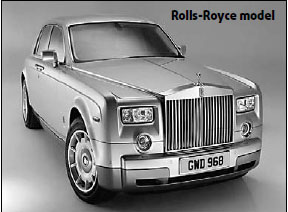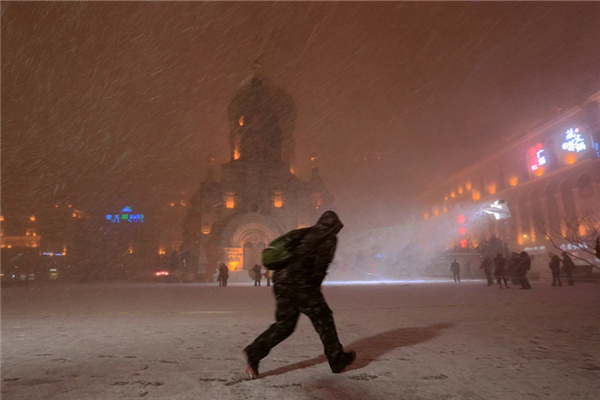

|
A Geely GE sedan at last month's 2009 Shanghai Auto Show. The model is widely called the Chinese "Shanzhai" version of a Rolls-Royce. Asianewsphoto |
China may tighten its control over the rampant "Shanzhai" culture, as top officials from the State Intellectual Property Office (SIPO) have criticized the phenomenon as piracy.
Tian Lipu, director of SIPO, said at a press conference in April that the popular Shanzhai, or copycat culture, is not an example of innovation. He said many Shanzhai products actually have violated others' intellectual property and should be regarded as piracy rather than innovation.
"There is no country that can survive and thrive on piracy and that's why we have established the national intellectual property protection strategy to fight for these acts," said Tian. He said only by making a shift in the social culture and in people's mindsets can China reduce piracy.
Shanzhai, which literally means "mountain village" in Chinese, is now a popular contemporary Internet slang term referring to copycat or clone culture.
Originally stemming from the pirating of flagship products of big electronic companies such as Apple's iPhone, the term could now refer to copycats of almost everything, including autos, websites or even super singers. Most big brands such as BMW, OLAY and Nokia have been victims of the Shanzhai products, which have similar designs but are sold at an astonishingly low price.
Some people say that Shanzhai products are not all piracy. Some of the products were similar to those of big companies, they argue, but the Shanzhai ones also added new functions. Hiphone, for example, the Shanzhai edition of Apple's iPhone, enables sending of multimedia short messages and receiving radio, which Apple failed to support in its products.
These additional functions, they say, can also be called a kind of innovation and should be encouraged.

China has the world's largest manufacturing capacity and produces a large share of the world's goods such as electronics, textiles and autos. That has put Chinese manufacturers, especially the small ones, in a unique position in releasing their own copycat products after they have finished what they have been ordered to produce.
Some copycat products, such as the fake iPhone Nano, were even released before the authentic products were launched.
However, Tian said the Shanzhai culture does not deserve to be applauded because it is an illegal action.
Tao Xinliang, dean of Shanghai University Intellectual Property School, said the term Shanzhai is a complex concept that mixes both legal and illegal moves. He said the term may not last long as people's enthusiasm for this culture fades away.
In fact, some Chinese elites have already proposed restricting the Shanzhai culture. Ni Ping, a famed television anchorwoman and member of the Chinese People's Political Consultative Conference, said she has submitted a proposal calling for legal means to get rid of the Shanzhai culture and support the original cultural concept.
"While the country is cracking down on IPR violations, young people are enjoying infringed work online. The Shanzhai culture hurts the cultural industry's interest," Ni said on the sidelines of the Chinese People's Political Consultative Conference in March. "If we don't do something to eliminate Shanzhai, we will soon see a country with a sea of similar books, TV programs, movies and dwindling cultural creativity."
However, launching a fight with Shanzhai culture may prove to be a tough task. According to the research firm GFK, Shanzhai mobile phones make up about 30 percent of China's handsets market. In the emerging netbook market, Shanzhai products also take up about eight percent worldwide, according to DRAMeXchange Technology Inc, a Taiwanese market watcher.
Many Shanzhai products produced in China have also been exported to emerging countries where consumers are also price-sensitive. And the current economic slowdown could make Shanzhai products even more popular than before.
(China Daily 05/18/2009 page11)













